Homemade Fungicide: [How to Prepare Them and 5 Examples]
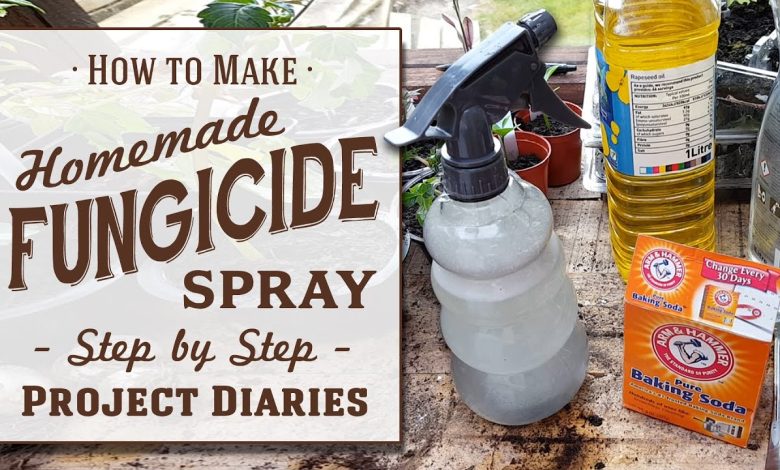
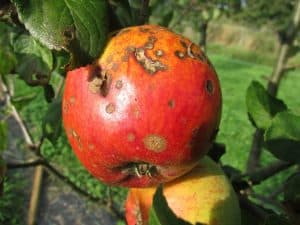 Fungi in the garden orchard represent a problem that often has a difficult solution.
Fungi in the garden orchard represent a problem that often has a difficult solution.
Despite all the care given to a plant, unfortunately, they are susceptible to diseases or attacks by pests of various species, which can sometimes cause death.
The development of parasites or the appearance of a disease in a healthy plant is, very often, a consequence of poor crop conditions; lack of water, light, nutrients, among others.
It is advisable to grow the plant in an environment as similar as possible to its natural space, providing it with regular and balanced nutrition. And, it does not hurt to regularly inspect the plant for possible diseases and pests.
Once the disease or pest that affects the plants has been detected, effective actions can be carried out, including the application of acaricides, insecticides, fungicides or mixed products.
What is a fungicide?
Fungicides are generally products used to combat diseases caused by fungi, such as powdery mildew, Botrytis, Mildiu, among others. Fungicides can be of the chemical type, of low and high intensity and of the natural type.
There are some natural substances that have antifungal activity, such as acetaldehydes, benzaldehydes, aldehydes, acetic acid, jasmonates and fusapirone, among others.
Nature also produces some essential oils that come from plants such as: cinnamon, coriander, clove, eucalyptus, lemon, oregano, rosemary, sage, thyme and tea tree with which natural fungicides can be made.
Why use a natural fungicide?
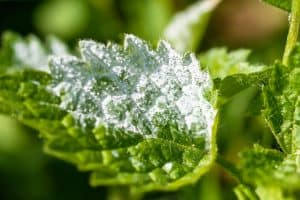 Recent post-harvest research has shown that crops produce better performance when natural fungicides are used as alternatives to commonly used chemicals.
Recent post-harvest research has shown that crops produce better performance when natural fungicides are used as alternatives to commonly used chemicals.
Within organic production, this constitutes a sustainable and real alternative to the serious growth problems presented by some types of fruit and vegetables destined for the fresh market.
The natural fungicide must be used on plants because, apart from caring for the environment, it protects the species from chemicals that can affect it.
Natural fungicides are used especially on those plants or crops that are of the medicinal or edible type because those types go directly to human consumption.
What do I need to prepare a homemade fungicide?
Generally, what we need to prepare a homemade fungicide is the following:
- Water.
- Plants and/or crop leaves that repel possible pests and diseases (such as mint, lemon, eucalyptus, sage…).
- A container where to make the mixture and keep it.
- A sprayer where to put the mixture.
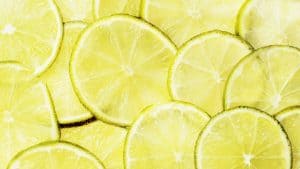 Homemade fungicides, as their name indicates, are those that can be made with some plants or their oils that are on hand, such as cinnamon, eucalyptus branches, some fruits such as lemon, etc.
Homemade fungicides, as their name indicates, are those that can be made with some plants or their oils that are on hand, such as cinnamon, eucalyptus branches, some fruits such as lemon, etc.
In addition to the vegetable material, plant or oil, materials such as containers for cooking, pots, jars, etc. must be available; spatulas or wooden spoons to stir the infusions, strainers and kitchen heat sources, lighters or campfires.
Of course we must have the necessary implements for the handling and use of natural fungicides, including sprayers, filters, containers to deposit the preparation and take precautionary measures for any type of allergies to natural elements.
How to prepare a homemade fungicide step by step?
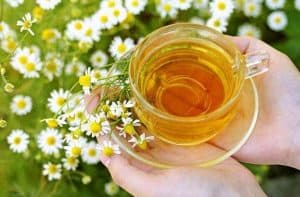 There are several methods to prepare homemade fungicides step by step, the most important thing is to have at hand the ingredients of the type of fungicide that you want to use, as well as the materials to make it.
There are several methods to prepare homemade fungicides step by step, the most important thing is to have at hand the ingredients of the type of fungicide that you want to use, as well as the materials to make it.
In a study carried out by researchers and experts from the FAO Sustainable Development Institute (2010), the preparation of a homemade chamomile infusion is collected to prevent diseases caused by fungi that affect vegetables.
There, it is recommended to prepare a liter of infusion for which the following supplies and materials should be used:
- 25 grams of Chamomile flowers ( Matricaria recutita or M. chamomilla) fresh or dried.
- 1 liter of hot water.
- 1 container with a capacity of one liter. Preferably plastic.
- 1 filter.
Steps to perform for its preparation:
- Place the 25 grams of chamomile flowers in a liter of hot water
- Let stand for half an hour.
- Filter and apply immediately directly to the plant.
- Apply undiluted, spraying the plant
This infusion has properties as a natural fungicide and provides nutrients to the plant as it concentrates calcium, sulfur and potassium. In young plants it controls the fungi that cause foot rot of the plant.
Example 1: Natural and homemade fungicide for tomatoes
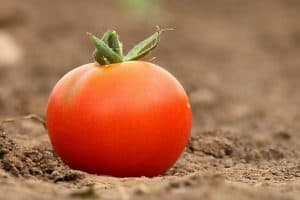 Tomatoes are one of those plants that most of us like to grow, but are often susceptible to fungal diseases like early blight, late blight, leaf mold, fusarium wilt and more.
Tomatoes are one of those plants that most of us like to grow, but are often susceptible to fungal diseases like early blight, late blight, leaf mold, fusarium wilt and more.
Here we show you a small recipe that may help you stop these undesirable fungi that attack your tomato plants:
Ingredients:
- 1 bulb of garlic.
- 2 tablespoons of cinnamon oil.
- 4 hot peppers.
- Juice of one lemon.
- Mix these ingredients and put them in a bucket overnight. The next day, strain the mixture through a strainer to remove all solid elements.
- Add four tablespoons of this mixture to three liters of water in a spray bottle. Spray both the tops and bottoms of leaves when signs of a fungal disease are seen.
Homemade Fungicide Example 2: Apple Cider Vinegar
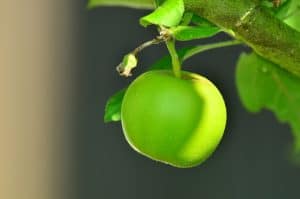 This simple ingredient has rescued several of my plants from some fungus over the years, although you have to spray every few days; without going over
This simple ingredient has rescued several of my plants from some fungus over the years, although you have to spray every few days; without going over
Simply add four tablespoons of apple cider vinegar to three liters of water. Spray this mixture first thing in the morning so the acid and sun don’t burn the foliage.
This spray is interesting for combating scab, black spot, leaf spot, and mildew, and is suitable for use every few weeks as a preventative spray.
Homemade fungicide example 3: Horseradish
I have planted horseradish to use as a fungicide because it is very powerful.
Ingredients:
- 1 glass of horseradish.
- 200 milliliters of water.
- Soak overnight. In the morning strain the mixture and add it to a liter of water. Spray abundantly on your plants.
Be very careful and avoid getting this in the eyes!
Example 4 of natural fungicide: Corn flour
This is another simple homemade fungicide. I have had success with this spray on fruit trees, roses and courgettes.
Ingredients:
- 1 glass or container of corn flour.
- 20 liters of water.
- Let stand 24 hours, strain and spray directly on the leaves of your plants.
Example 5 of natural fungicide: Aspirin
Aspirin has helped people for centuries, also a wonder in the garden. We have seen many ways to prepare this fungicidal spray, however through trial and error, this is the solution that has given us the best results.
Ingredients:
 1 aspirin.
1 aspirin.- 1 liter of water.
- Crush the aspirin powder and add it to the water. Spray your plants liberally every two weeks during the growing season. This is a good mix to spray every two weeks or so for prevention, too.
Sometimes prevention is better than cure
 Before you start using household fungicides, consider whether you can control the problem just by adjusting your watering schedule. We really like the option of drip irrigation because it avoids many of these problems and keeps the soil hydrated where we are planting our plants or flowers.
Before you start using household fungicides, consider whether you can control the problem just by adjusting your watering schedule. We really like the option of drip irrigation because it avoids many of these problems and keeps the soil hydrated where we are planting our plants or flowers.
Powdery mildew can thrive in exceptionally dry conditions, especially when you have hot and/or dry days and cool nights. If you are growing plants that are susceptible to drought stress, make sure they are regularly watered during peak summer heat.
Air circulation is one of the biggest factors in many fungal infections, and powdery mildew and other fungal problems may be controlled by spacing plants apart and giving them more room between them. Perform selective pruning to increase airflow through the affected area.
And if you’ve had problems with powdery mildew in the past, one of the best things you can do is make sure you select plants that are resistant to powdery mildew in the future. Some varieties are less susceptible to the fungus, and are advertised as resistant varieties in seed catalogs and garden centers.
Bibliography and references
- Bent Ana. (2019). Great Book of Indoor Gardening. First edition. Servilibro Editions, SA Madrid-Spain. Chapter 4, PP 167-185.
digital database
- Sanchez, L; González-Martinez, Ch.; Chiralt, A.; Chauffeur M. ”Natural fungicides: an alternative to conventional chemicals in the post-harvest of organic production”. University Institute of Food Engineering for Development (IUIAD), Polytechnic University of Valencia, Spain. Materials in PDF. Reproduced from: https://www.agroecologia.net/recursos/publicaciones/publicaciones-online/2010/ix-congreso/cd-actas/p6-sanidad-vegetal-i/6-5-fungicidas-sanchez.pdf.
- IPES / FAO 2010 “Biopreparations for the sustainable management of pests and diseases in urban and peri-urban agriculture”. First Edition, November 2010. Material in PDF. Reproduced from: http://www.fao.org/3/a-as435s.pdf.

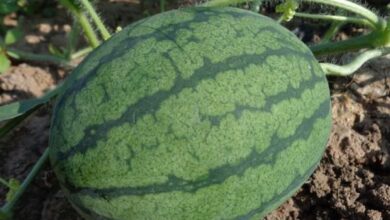
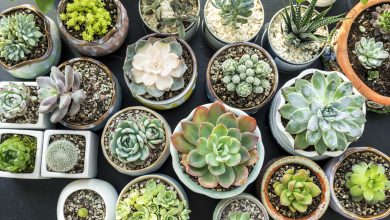
![Photo of Philodendron Xanadu: [Cultivation, Irrigation, Associations, Pests and Diseases]](https://www.complete-gardening.com/wp-content/uploads/2022/08/philodendron-xanadu-cultivation-irrigation-associations-pests-and-diseases-390x220.jpg)
